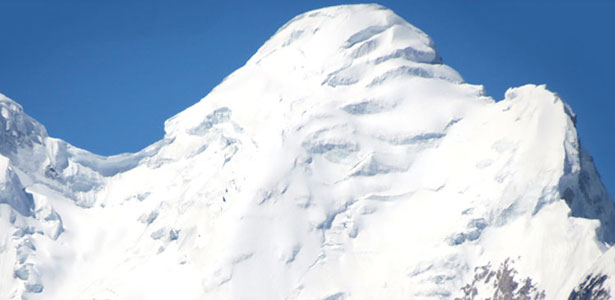Kailash
Manasarovar Yatra a pilgrimage taken by the ordained and the blessed.
This divine and once in a life time yatra holds significance for the
Hindus, Buddhists and Jains which has great religious and cultural
value. Raghukul Holidays offers the best Kailash Mansarovar tour
package and have
been helping pilgrims every year to successfully complete this yatra.
 |
| Tips for Kailash Mansarovar Yatra 2015 |
Tips
for Kailash Mansarovar Yatra
The
Yatra to this beautiful and picturesque place taken by thousands of
people from all over the world is an arduous one which involves
trekking on a rugged terrain at a high altitude (19,500 feet) under
harsh and cold conditions. Only a physically fit and healthy
individual can embark on this pilgrimage. The
pilgrims who have registered for the Kailash Mansarovar Yatra 2015
have to take into account the following tips which will ensure a
pleasant and safe journey.
Clothing
Tips
- Warm thick and thin pullover one each
- 2 Warm pants
- Warm Windproof jacket
- 2 Long Thermal under pants
- 4 Full sleeve cotton T-Shirts
- 2 Thermal vest and warm full T-shirts
- Warm gloves
- Raincoat with hood, sun hat, Monkey cap
- Ankle high boots should be brought along to avoid any muscular sprain.
- Light tennis shoes, rubber sandal, 6 warm woolen socks and cotton socks, and extra shoe laces
- 1 Big towel and one small hand towel
- Toiletries which include washing solution, soap, etc.
- Paper tissue and plenty of handkerchief
*Wear a
wind cheater over many thin clothes, instead of wearing one or two
thick clothes
*Wear
cotton and woolen socks to protect feet from cold
Personal
Care Tips
- To protect your eyes from snow blindness wear sunglasses
- Dusting powder to keep feet dry as wet shoes can cause blisters.
- Protect hands and feet from the extreme weather as exposure to extremities can lead to high altitude pulmonary edema
- Intake of lots of water and fluids is necessary to energize your body
- To avoid sunburn apply sun cream or calamine lotion on exposed parts
- Give immediate treatment to cuts, skin ulcers and blisters
- To avoid numbness keep moving toes, facial muscles and fingers
- Stay close together to remain warm.
- Take food regularly as high altitudes tend to kill appetite and can also cause loose motion
- Don't sleep with the boots on as they may freeze. Keep them inside your sleeping bag during yatra nights
- Don't overexert.
- Avoid alcohol.
Other
equipments
A
porter will be provided for the yatris to carry the bulky luggage.
You are required to carry a small back pack which will contain
essentials like:
- snacks, water bottle filled with water, dry fruits
- small scissors, knife, safety pins,
- torch, waterproof matches, lighter,
- Camera, film, map
- First Aid Kid- Every Yatri is required to carry a first aid kit and has to contain the following items:
- Antiseptic cream or wound disinfectants like iodine and any tube-squeeze cream
- Foot care and Blister Treatment ointments
- Thermometer
- Moleskin, Band-aids, gauze pads, elastic bandages, adhesive strips and roll
- Antibiotics, antidiarrheals like lomotil, Lozenges like Strepsils (in plenty)
- Anti-inflammatory like Brufen, Avil, or general painkillers
- Sunscreen oil, Antifungal ointment, Neosprine Powder and cream
- ORS sachets like Electral, Vicks inhaler and vaporub, chap sticks
*Do not
take antidiarrheals and antibiotics without consulting your doctors.
Safety
Tips
- During an electric storm open space is much safer. One can even sit down on a non-conducting sheet to avert any mishap. Also ensure the following:
- Do not use metallic objects or wireless aerials and do not point them as they can attract lightning.
- Keep away from conical rock
- Do not take shelter under a tree or remain on the top of hills if one has.
- Trekking should be done early in the morning
- Walk steady and always together with a companion
- Don't get separated from the group
Tips
before the Trip
If you
want to take up this journey, then the following suggestions will
surely help to make your journey a memorable experience.
- Indulge daily in routine exercises like 30 minutes walking, jogging, stretching, aerobics which will keep you in shape for the arduous journey.
- Practice walking with trekking shoes on to make walking easier during the yatra.
- To deal with altitude sickness and acclimatization refer to books and journals on trekking.
Follow
these trips to enjoy the divine and splendid experience.




















